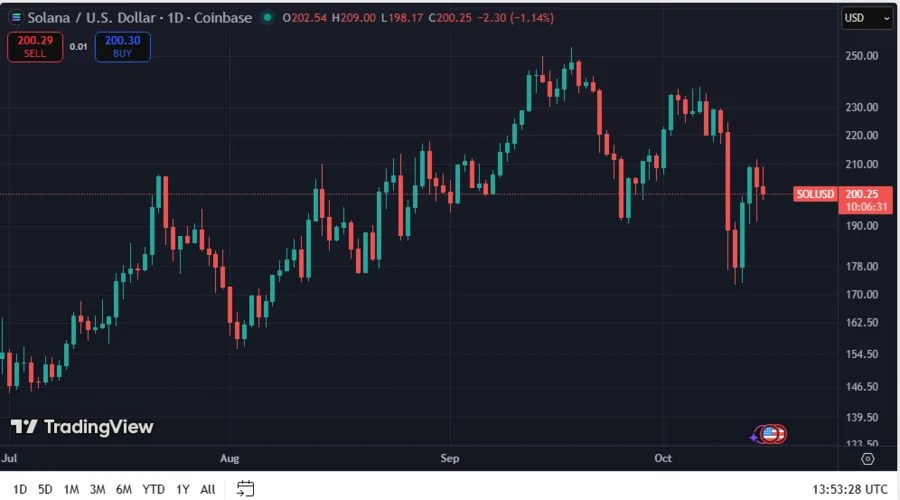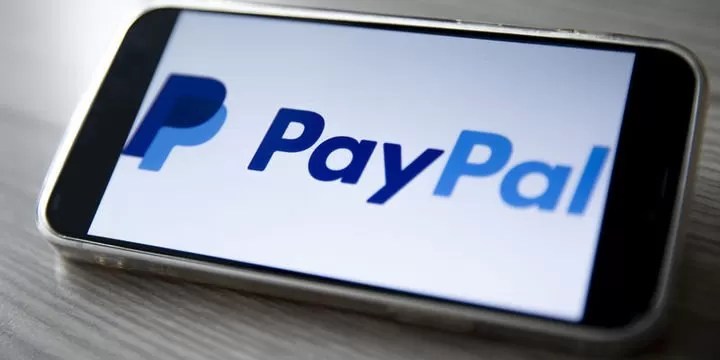16.10.2025 01:09
A staggering **$300 trillion** worth of PayPal USD (PYUSD) was temporarily brought into existence on the Ethereum blockchain, a startling development that sent ripples of confusion and amusement through the cryptocurrency community. This extraordinary event was not the result of malicious intent or a sophisticated hack, but rather an inadvertent consequence of an internal technical glitch encountered by Paxos, the issuer of PYUSD, during a routine transfer operation.
In response to the unforeseen surge in supply, certain platforms took precautionary measures. Notably, Aave, a prominent decentralized finance lending protocol, swiftly opted to temporarily suspend its PYUSD lending markets. This action was intended to provide a secure environment for investigation and to prevent any potential disruptions while the situation was being clarified. The unprecedented minting event was a fleeting moment, with the vast sum of stablecoins almost immediately extinguished.
Paxos subsequently issued a statement confirming the nature of the incident. The company articulated that the excess minting of PYUSD was an unintentional byproduct of an internal transfer process, emphasizing that no security breach had occurred and that customer assets remained entirely secure. On-chain analytics provided concrete evidence of the transaction originating from Paxos's hot wallet and interacting with the PYUSD contract on the blockchain, detailing the immense yet ephemeral creation of stablecoins before their subsequent destruction.
Omer Goldberg, PayPal's chief of blockchain operations, provided reassurance to users, affirming that PYUSD continues to maintain its 1:1 backing with U.S. dollars. He elucidated that the erroneous mint was promptly burned, and that Aave's temporary market freeze served to facilitate a transparent confirmation of system integrity. Similarly, BGD Labs, the development entity behind Aave, communicated a governance update that characterized the over-minting as an "operational mistake," reiterating the protocol's inherent safety and robustness.
The extraordinary event quickly became a focal point of discussion on crypto-focused social media, giving rise to a mixture of lighthearted jest and genuine apprehension. Humorous anecdotes, such as the idea of an intern making a significant typographical error, circulated widely. However, beyond the prevailing levity, the incident also ignited more serious conversations among users regarding the potential broader implications and the inherent risks associated with such a monumental misstep, even when contained.











